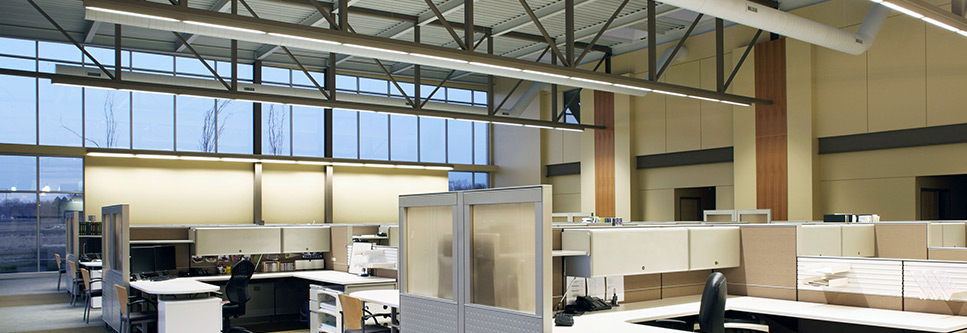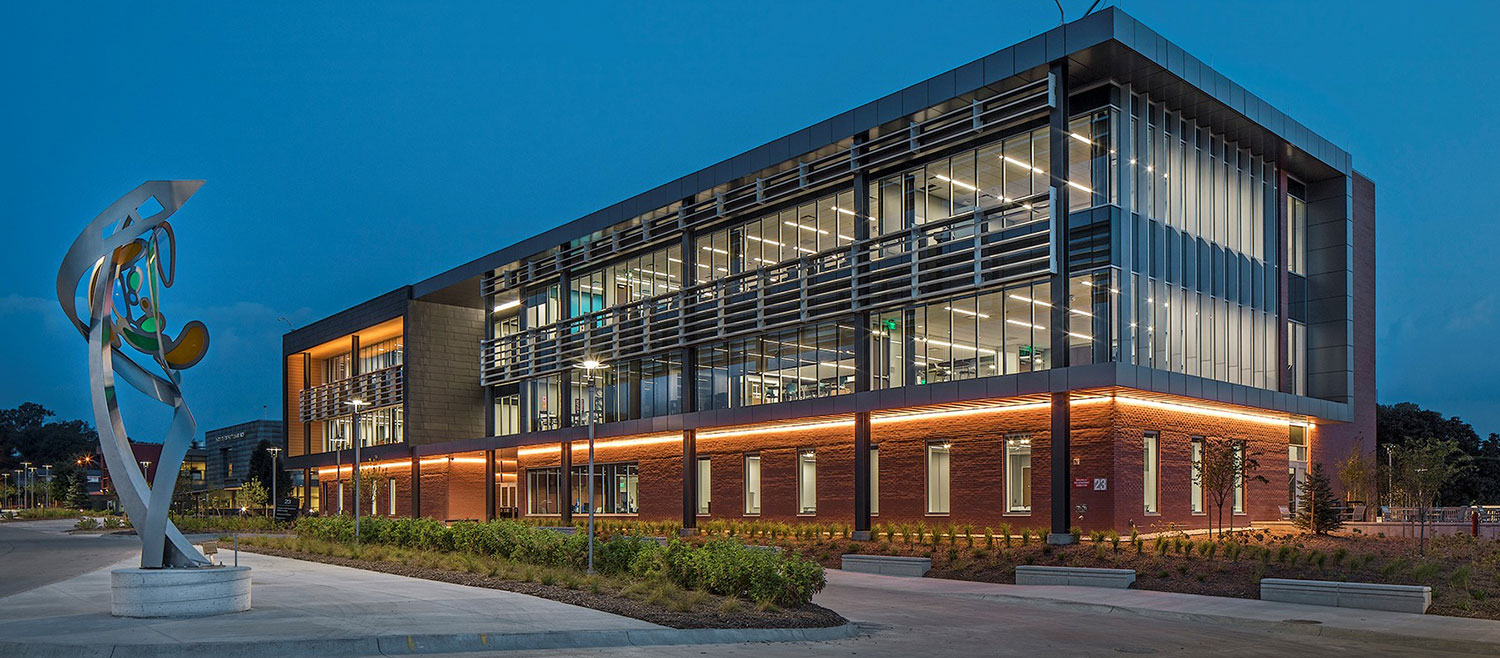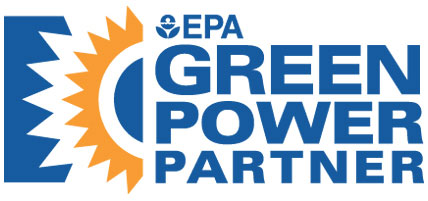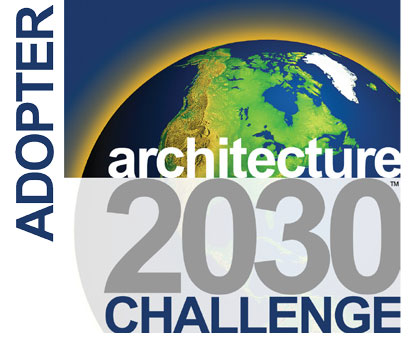Sustainability-Design-Consulting
 Regarding sustainability, Morrissey Engineering is one of the Midwest's most experienced and progressive consulting engineering firms. We specialize in designing and retrofitting buildings that maximize energy efficiency and utilize environmentally friendly components and practices.
Regarding sustainability, Morrissey Engineering is one of the Midwest's most experienced and progressive consulting engineering firms. We specialize in designing and retrofitting buildings that maximize energy efficiency and utilize environmentally friendly components and practices.

Our experienced staff designed our 4940 building, which earned the first LEED® Platinum certification in Nebraska in 2009. The building has become Triple-Platinum LEED certified using various rating systems (including the first project in the U.S. to certify using Arc for LEED v4.1 O+M).
We have designed and consulted on numerous other sustainable building projects in Nebraska and the Midwest. We have experience in third-party rating systems, including LEED, WELL, LBC, Net Zero, Energy Star, and Fitwel. Morrissey Engineering has participated in 3.5 Million ENERGY STAR sq ft and 1.3 Million LEED-certified sq ft. We are also at the forefront of the WELL Building Standard, with WELL APs on staff. Over 75 percent of our staff are LEED professionals. Our other relevant staff certifications are almost too numerous to mention.
Our extensive experience with all phases of the sustainable design process – MEP design and documentation, sustainable Project Administration, indoor environmental testing, and Ownership – all inform our view of how we can best support our projects.
We believe that sustainable design is an integrated design and that our participation in the process at all design phases brings value to the project and team, whether we provide sustainable design consulting services or not.
Similarly, energy and daylight modeling are critical design tools that feed into the design from concept to construction. This building performance modeling process is cyclical and can include the following:
- Simple box model: To identify energy distribution by end-use and evaluate end-use and demand characteristics that affect the building's conceptual design.
- Climate & Site analysis: As part of the design process and site selection, including air quality, weather data, potential for solar PV contribution via onsite renewables, etc.
- Preliminary Benchmarking: Determine the energy use of buildings with the same principal building activities in the same climate and determine their energy costs using applicable local utility rates to help set realistic & measurable goals.
- Energy Charrette: Establish project performance metrics to be used as the basis for energy goals via OPR and BOD using benchmarking data and previous analysis efforts.
- Conceptual Design Modeling: Evaluate energy improvements and daylighting strategies that are tied to the form and architecture of the building.
- HVAC System Selection Modeling: Estimate the annual energy and demand impacts of HVAC system options. Present results for team discussion and decision, including goal prioritization activities and other metrics, including maintenance, space utilization, acoustics, controllability, and more.
- Design Refinement & Optimization Modeling: Integrated energy and daylight modeling studies for design assistance, Parametric analysis of various systems and component options, bunding iterations, and load reduction modeling. Work with the team to determine optimization objectives, identify design variables and design constraints, initialize values, and develop an optimization method.
- Predictive Modeling: Proposed and Baseline energy modeling for code compliance via ECB / Total performance path method, LEED documentation, and Designed to Earn the Energy Star.
- Simulation-Aided Cost Control Impacts: Provide information on the holistic implications of the value engineering process on project performance goals to ensure more informed decision-making.
We also understand firsthand the value of commissioning for pre-occupancy and as a continuous service. Measurement and verification also play a more significant role in today's projects, with better submetering integrated into electrical and mechanical systems and real-time data available to owners and operators. In our building, continuous commissioning Measurement & Verification (with some help from onsite renewables) helped improve our Energy Star score from 89 to 98.
Morrissey Engineering is one of the state's most knowledgeable and progressive engineering firms regarding sustainable design.
This depth of experience, along with the expertise and knowledge gained from designing, documenting, and continuously monitoring our building, uniquely qualifies us to provide our clients with designs that meet the industry's highest operational efficiencies, environmental performance, and customer satisfaction. Our building designs also balance aesthetics and functionality, providing inspiring environments for people to live and work.





